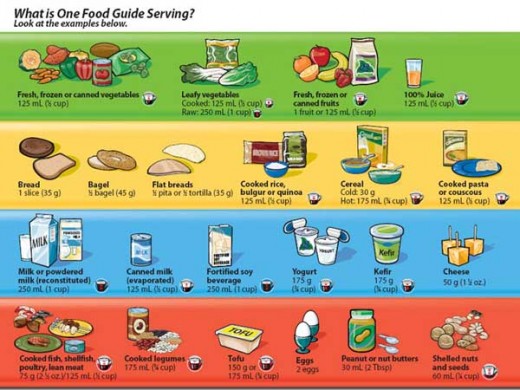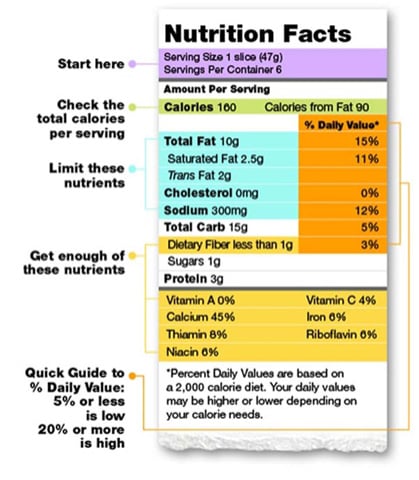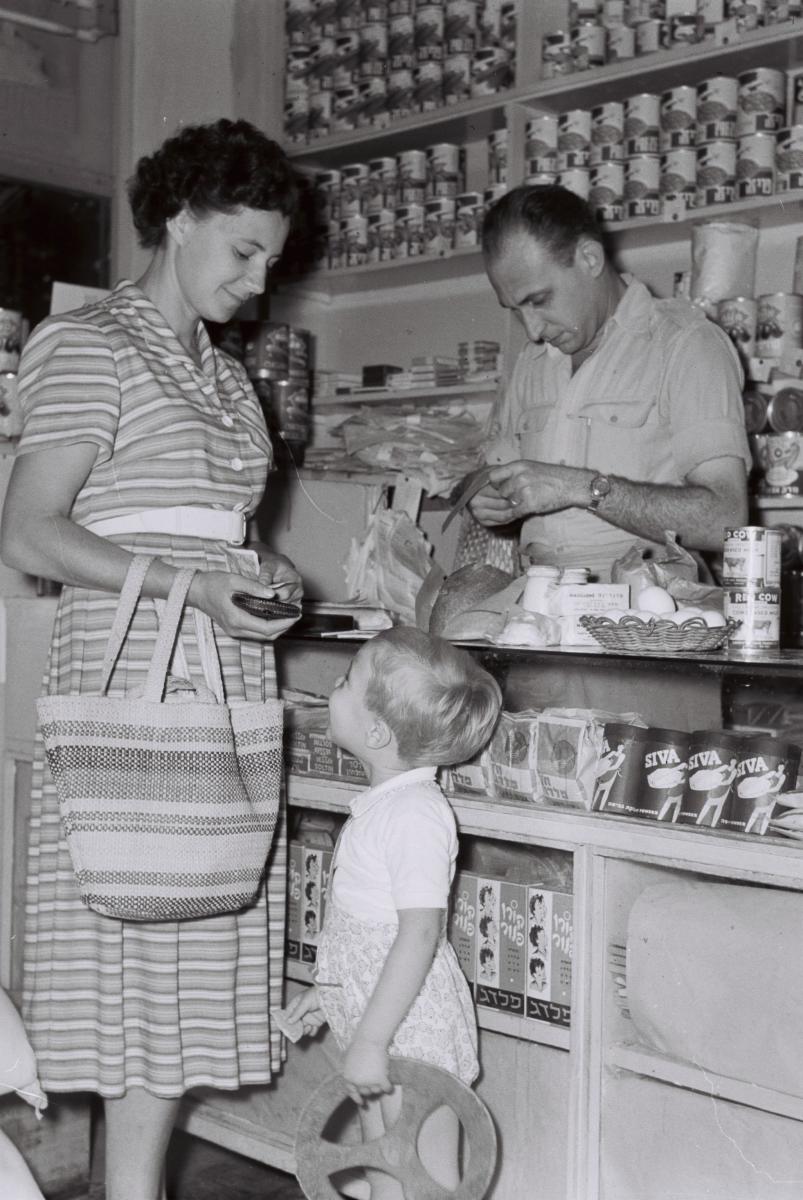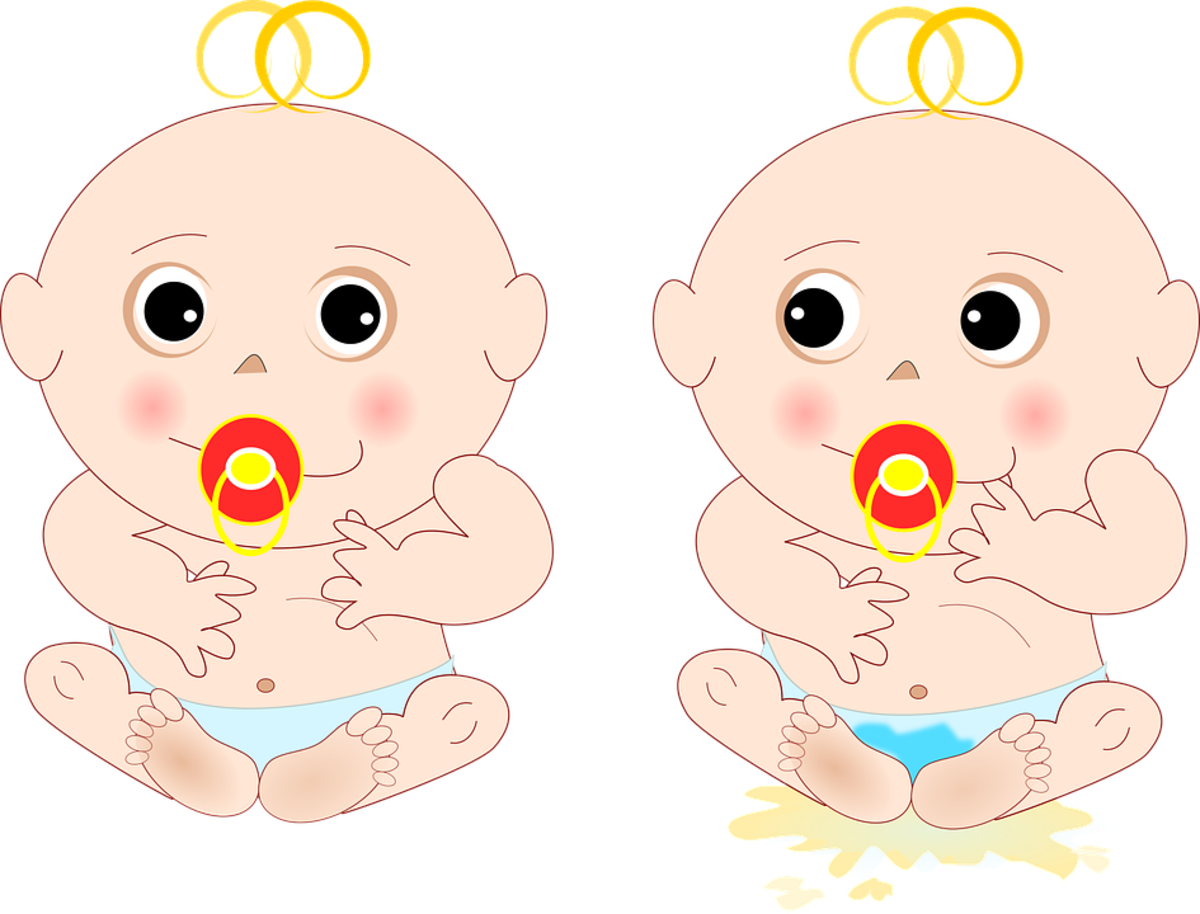How You Can Encourage Children to Choose Healthy Snacks

Information for nutrition in children:
Grocery Shopping
Grocery shopping is like an open classroom. It is an experience that provides an opportunity to teach your child food awareness. Bring your child along and begin teaching the foundation blocks for a healthy diet. Grocery shopping can be a terrific way to teach your child about different types of food, their origin, nutritional content, how seasons affect the supply of produce, what to look for in food and how to pick and choose fresh produce and meats. In addition, it provides the opportunity for you to teach, and for your child to practice, math, chemistry, proportions, geography, pricing and menu preparation. Involve your child – he will learn many invaluable skills.
The convenience of pre-packaged foods and foods on the go are readily available on the market. These food items maybe convenient, but often times are laden with unnecessary fats, salts and additives. How then, do we choose items that are healthy and nutritious for our children to eat? How do we ensure that they eat what is given to them?
We all understand that proper nutrition is the key for a healthy body and mind, especially for growing children. Children learn from example, mainly from their parents, teachers and peers. Education is the most important way for a child to learn the difference between a healthy, nutritious diet and one that is unbalanced and lacking in nutrition.
It can be a challenge to have children eating healthy, and at times, it can be a challenge for adults too. The following suggestions might help in the process of encouraging a diet filled with healthier foods, but these suggestions do not guarantee that your child will not throw it out in the garbage or trade it for a more “fun” food with a classmate. However, we can strive for reducing these possibilities.
Nutrition Facts Table

Food Labels
In Canada, it is required by law to provide information on packaged and prepared foods. There are two types of labels. The first is the list of ingredients that have been used to prepare and make the final food product. The majority of ingredients must be listed in descending order of weight. If there are any additives, like MSG, coloring, preservatives or flavouring, it will be listed here. There are exemptions to the rules, so it is important that you understand the regulations for your country. Read this label carefully as you can avoid most unhealthy foods through this one label.
The second label is the nutrition facts table. The nutrition facts table must include the following information: portion size, calories, fat, saturated fats, trans fats, cholesterol, sodium, carbohydrate, fibre, sugar, protein, calcium, iron, vitamin A, Vitamin C and an indication of percentage of daily intake they represent. The information that is provided is based on the specific portion size that is indicated in the nutrition facts table.
Involve Children
Involving children allows them the opportunity to learn and to exercise some control over what they like or dislike. Provide a selection of healthy foods that they can choose from. If given only healthy foods, they have no option but to choose healthy. In general, a child that has a choice of what to eat will, in the long run, eat it.
After choosing his choice foods, allow your child to participate in preparing and making his snacks and lunches. Each child has their own tastes and preferences for presentation. A child that has a say in what he or she likes to eat, will choose something that they like. As a result, he will consume it. Take this opportunity to teach your child about health, nutrition and how it affects his body and mind. Children are curious and love to learn. This type of experience provides them the opportunity to ask questions and be directly involved in taking care of their own health.
Provide Nutritious Key Ingredients
Providing your child the choice of healthy ingredients does not mean that you do not oversee what he is taking. It is important that you provide key ingredients that are a must have in the meal. There are food guides that are prepared by the Health Department in the Government as well as from nutritionists. In Canada, the government has provided the Canada Food Guide online with a downloadable PDF file that you can print out and post it on your fridge for reference. There is also an option for you and your children to create your own personalized food guide and have your daily servings tracked. This is a useful tool to teach yourself and your child how to manage a healthy and balanced diet.
Being Proud
By allowing your child to choose and create his unique lunch or snack, you have provided an opportunity for him to gain confidence in himself, to trust himself and to make positive independent decisions. Growth and awareness come in many forms and self esteem can be nurtured through simple exercises as allowing him to choose and create his own lunch.
The Rule is Moderation
It is important to teach your child, and keep in mind yourself, that moderation is the best rule. It is never good to have too much of one thing. For example, drinking 4 cups of juice a day is unhealthy as it provides extra sugars and calories into the diet and can also be a cause of enamel decay if the juice is acidic. It is healthier to drink one cup and vary the other drinks such as water or milk. On the other hand, it is never good to have too little of one thing. For example, salt is a basic element that is required by the body to function properly. We become ill if there is an insufficient level in our body.
Remember, moderation is the best rule.
Use the Tools That Fit
Your child is smaller than you are and must be equipped with the proper equipment for safety and enjoyment of learning and participating in developing his ability to choose healthy foods. In the kitchen, it is necessary to provide size appropriate safety knives, cutting board, apron and stools. I also suggest proper footwear that covers the toes to minimize injuries from dropped utensils and food.
Just providing the appropriate tools and wear will perk your child’s interest up in what he is learning and doing. Keep in mind that the more active your child is in the role of learning, the more he will learn and apply his new knowledge.
It is Your Responsibility
As the adult, it is still your responsibility to ensure that nutrition is balanced. You must retain the right to have the last say in the snack or lunch. To avoid power struggles, set the example by eating and choosing healthy, nutritious foods.
By following some or all of these suggestions, your child will begin to understand how and why he should choose healthy, nutritious foods. With a balanced and nutritious diet, your child will feel better, be more active and maintain a level of good health. Nutrition -- it’s for life!
Additional sites for information regarding health, nutrition and eating habits of children:
- Overweight and Obesity
The number of overweight and obese kids is growing at a phenomenal rate. Here's how you can help to overcome overweight and obesity in your own family. - Eating Well with Canada\'s Food Guide - Main Page
Main page for Health Canada's Food Guide with links to information for consumers about the Food Guide, how to use it, and how to get a copy. Links to information for educators, background resources on the development of the Food Guide, and answers to - The European Food Information Council (EUFIC) : Your guide to food safety & quality and health &
The European Food Information Council (EUFIC) is a non-profit organisation which provides easily understandable, science-based information on food safety, food quality, health and nutrition to consumers, the media, health and nutrition professionals, - Kellogg\'s* Nutrition - Know Nutrition

© 2009 Beth100








